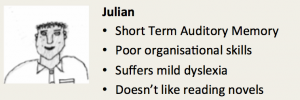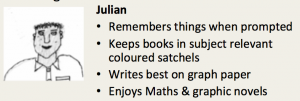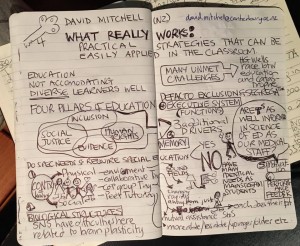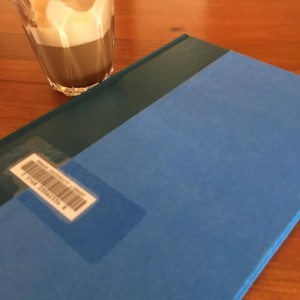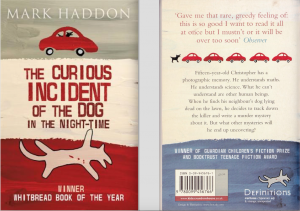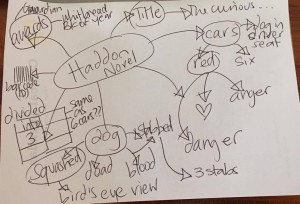This week I returned to Critical Agendas and had a great time facilitating a couple of workshops. The second workshop explored the role of the LSO. This topic is very close to my heart as it is part of my PhD research, of which I have not spoken much about in a while. That’s another story but suffice to say that after much heartbreak and stress I’m getting back on track. I have my wonderful supervisors, my colleagues and mostly my friends and family to thank for that.
Nonetheless, facilitating a workshop about the role of LSOs always makes me happy as I see both teachers and LSOs are open to being challenged. If you know anything about me, you will certainly know I don’t pull any punches when it comes to learning and teaching. I’m passionate about it and I assume everyone else in the most rewarding of all professions is too.
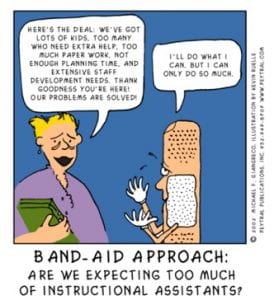
What is my role?
A number of participants approached me after the workshop asking various questions which have prompted this post.
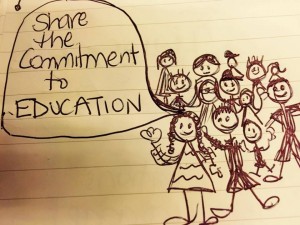
Share the commitment to teaching and learning
1. Support the classroom teacher
Schools are very busy places. There are meetings and administration, more meetings and more administration and somewhere in between, we get to do what we really love – teach and learn our students. Rarely do teachers and LSOs get to sit down together and plan lessons for classes, let alone for individual students who might need modified tasks. Hence, many times LSOs are deployed to classes where it is deemed they are most needed. My advice to LSOs in situations when you arrive at a class and the teacher asks, “Who are you here for?” is very simple. “I’m here to assist you. What would you like me to do?”
2. Effective communication with teachers
There is no doubt that both teachers and LSOs would love more time to collaborate. How and when that happens varies greatly. However, I suggest considering the following when approaching teachers. Communication and collaboration are most effective before class and if they are on-going. I encourage LSOs to continue to make it clear that you are there to support them –the teacher. Arrive with concrete strategies that will assist particular students under your care to learn. Lastly, you need to be accessible.
3. Questions to consider
When LSOs and teachers have an opportunity to collaborate before classes, there are some questions the LSO might consider asking:
What will the students be learning?
What tasks will the students be doing and what will success look like?
How will the lesson/unit be structured and what should I be doing?
What should I watch, listen for and do in the classes?
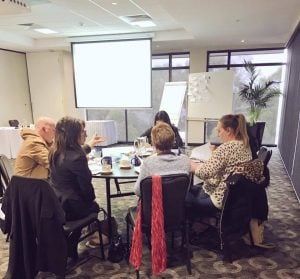
Collaborating
4. Guide the teacher’s knowledge of the student and how they can best support them in their class.
The teacher brings with them content and pedagogical expertise. The LSO adds information about individual students based on their experience with them across a variety of different classes and situations. This is a wonderful combination which could be enhanced with appropriate questions to pose.
I highly recommend the KUD, that is, what do we want the students to KNOW, UNDERSTAND & DO?
How will we know when ‘Johnny’ understands?
Is it possible to …?
What if …?
What strategies have worked before?
5. The LSO’s role does not include the following:
-
- Modifying curriculum
- Behaviour management
- Supervising classes
- Doing the work for students
- Teaching classes
- Covering for your students
If you’re interested in exploring this further, please do not hesitate to make contact and organise a workshop for teachers and/or LSOs at your school.
In the meantime, I’d love to hear about your experiences, please comment below.
Thanks for reading 🙂

